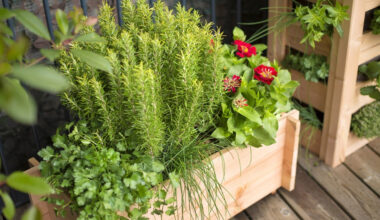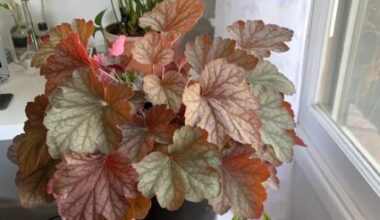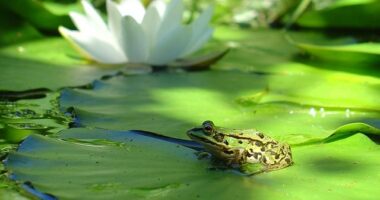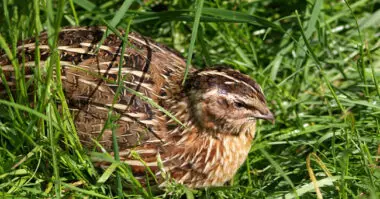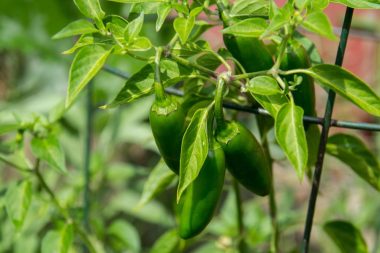We often hear about catnip or cat mint. It’s the equivalent of the green grass in our garden, often sold in the form of seeds, to be germinated or already germinated at florists or pet stores. They are often shots of barley, wheat or rye. Planting catnip will therefore have the effect of attracting cats.
It is very good for cats that do not have access to greenery. Eating grass is not only vital for the cat to get rid of the hairballs that accumulate in its stomach, it also provides it with fiber, folic acid and B vitamins.
Contents
Catnip attracts cats
All cats, whether they live outdoors or indoors, love the contact with greenery, when the first one eats the grass in the garden, the second one nibbles on the plants in the living room (beware of intoxication!). Cats instinctively move towards the plants and often try to nibble them.
Cats love both varieties of grass, but the one that really makes them lose their footing is catnip.
This plant synthesizes a substance called nepetalactone, which could be considered an antidepressant. It can have very different effects depending on the cat, it can really change its behaviour by making it affectionate like a kitten or by exciting it and making it jump everywhere!
As for the depurative variety, it allows cats to “purge themselves”, i.e. to eliminate the small waste products present in their stomach (hairballs, small remains of hunting…). Beware, this purging does not allow the cat to worm itself, since digestive worms are located in the intestine.
How is the catnip
Catnip can be marketed in different forms: in seeds, dried leaves, spray…
For the forms to be “cultivated”, one can buy the catnip in the form of seeds to be sown in pots or in the ground, but also in small trays, ready to rise, there is only water to be added and watch it grow.
If you are growing this crop indoors, be sure to put the pot in a room with enough light for proper growth and photosynthesis. When the source of light is far away, the plant tends to grow towards this source, so remember to turn the pot regularly so that it can develop properly.
For depurative catnip, it is recommended to use barley, wheat or oat seeds that remain “soft” for the cat’s mouth cavity.
Garden grass such as quack grass, for example, is too traumatic, the cat could injure its gums or tongue by consuming it. In order to keep the grass soft and non-traumatic, it is advisable to have some every 15 days – 3 weeks. So as soon as the leaves begin to turn dark green and harden, it is best to change it.
For cat mint in this case, just grow it and watch your cat play as it comes to languorously rub itself with the pot!
For catnip or catmint, if you don’t feel like a green thumb, you can also find it in other forms:
- Dried that can be inserted in small toys for example (small cushions or fabric ball),
- Liquid extract that can be sprayed on toys or on a surface (scratching post, cat tree…) where you want the cat to be attracted,
- Dried grass ball that allows the cat to let off steam.
Effects of catnip on cats
It is not possible to clearly explain what triggers the effects of catnip. It is assumed that cats associate the smell of catnip with their courtship ritual. In most cats, the smell of this plant has an exhilarating effect. They roll in it and are immediately more relaxed.
In addition, cat mint stimulates the cat’s playful instincts. Even the laziest cats will be encouraged to play more! However, cat mint has no effect on kittens or older cats. To relax your cat before going to the vet, have some catnip in its carrier, for example.
Many owners wonder if this plant is toxic for their four-legged friend. So far, no side effects have been noted or reported. You can therefore use catnip for cats without any worries!
However, it is not advisable to expose your cat to the smell of cat mint every day. Introducing this plant to your cat once a week is more than enough to avoid over-stimulation. Use catnip only if your cat is in good health.
Cultivate catnip at home
In addition to its effects on cats, growing catnip (Nepea Cataria) in your garden also keeps away all kinds of insects and pests. This plant does not need special attention and is rather robust. It is preferable to grow it in a sunny corner of your garden.
It is not difficult since it grows on almost all soils. After the first flowering of the catmint, cut a few branches to ensure a second flowering.
Summary
Cats and plants, a great love story! We often see cats eating grass or prowling around our plants, especially when they don’t have much opportunity to go outside. They are looking to purge themselves!
Basically it helps them to evacuate what is bothering them inside, very often the hairballs that are difficult to evacuate! Planting some at home will therefore naturally attract cats.

